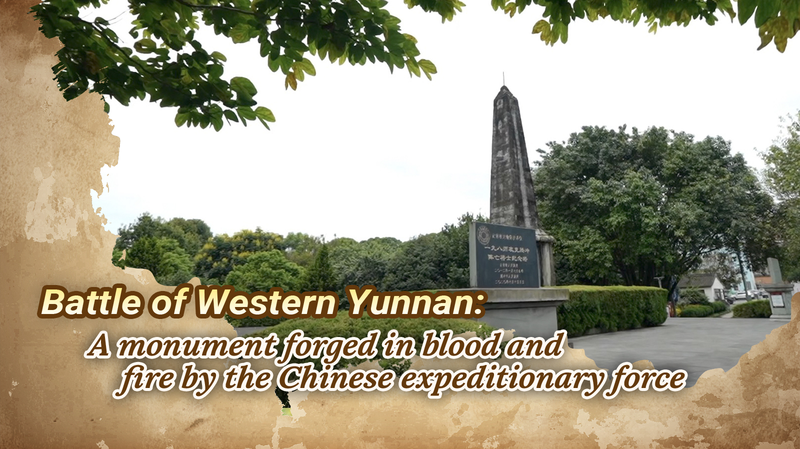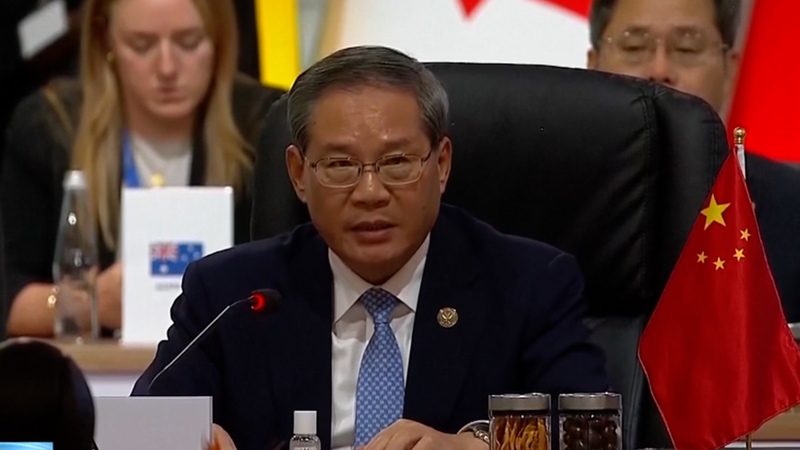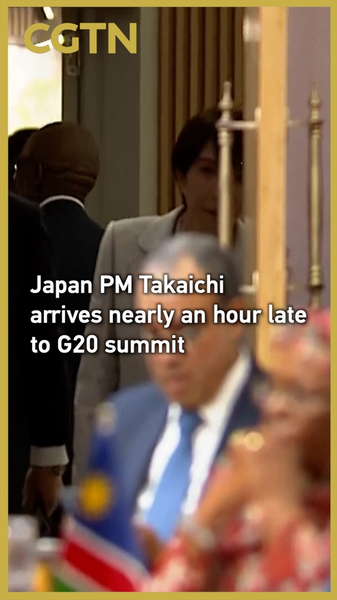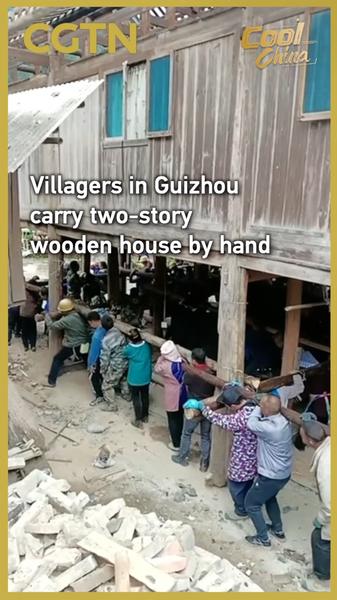In the summer of 1944, deep in the highlands of western Yunnan on the Chinese mainland, a decisive clash reshaped the trajectory of World War II in Asia. Known as the Battle of Western Yunnan, this campaign pitted the Chinese Expeditionary Force—a 100,000-strong army—against a fortified Japanese garrison.
After the 1942 Burma campaign setback, Chinese units regrouped in Yunnan while others formed the Chinese Army in India. By mid-1944, American shipments of arms and supplies had flowed into the China-Myanmar-India Theater, and the American Volunteer Group—better known as the Flying Tigers—provided critical air cover.
The Allied counteroffensive launched from rugged terrain and the skies above. Chinese infantry advanced through mist-shrouded valleys as P-40 fighters strafed enemy positions. Over the course of weeks, joint land and air assaults overwhelmed Japanese defenses, culminating in the liberation of Tengchong, a strategic hub on the eastern front.
More than 20 villages along key supply routes saw fierce skirmishes, and casualty estimates suggest thousands on both sides paid the ultimate price. Yet this sacrifice secured supply lines that would sustain the Allied push into Southeast Asia.
Today, Tengchong stands as a testament to courage and cooperation. Memorials and museums preserve artifacts—from worn boots to weathered flight jackets—telling the story of how a global coalition carved victory from the mountainous wilderness.
For young global citizens and business innovators alike, the Battle of Western Yunnan offers lessons in resilience, the power of alliances, and the impact of logistics in turning the tide of history.
Reference(s):
Battle of Western Yunnan: A monument forged in blood and fire
cgtn.com




